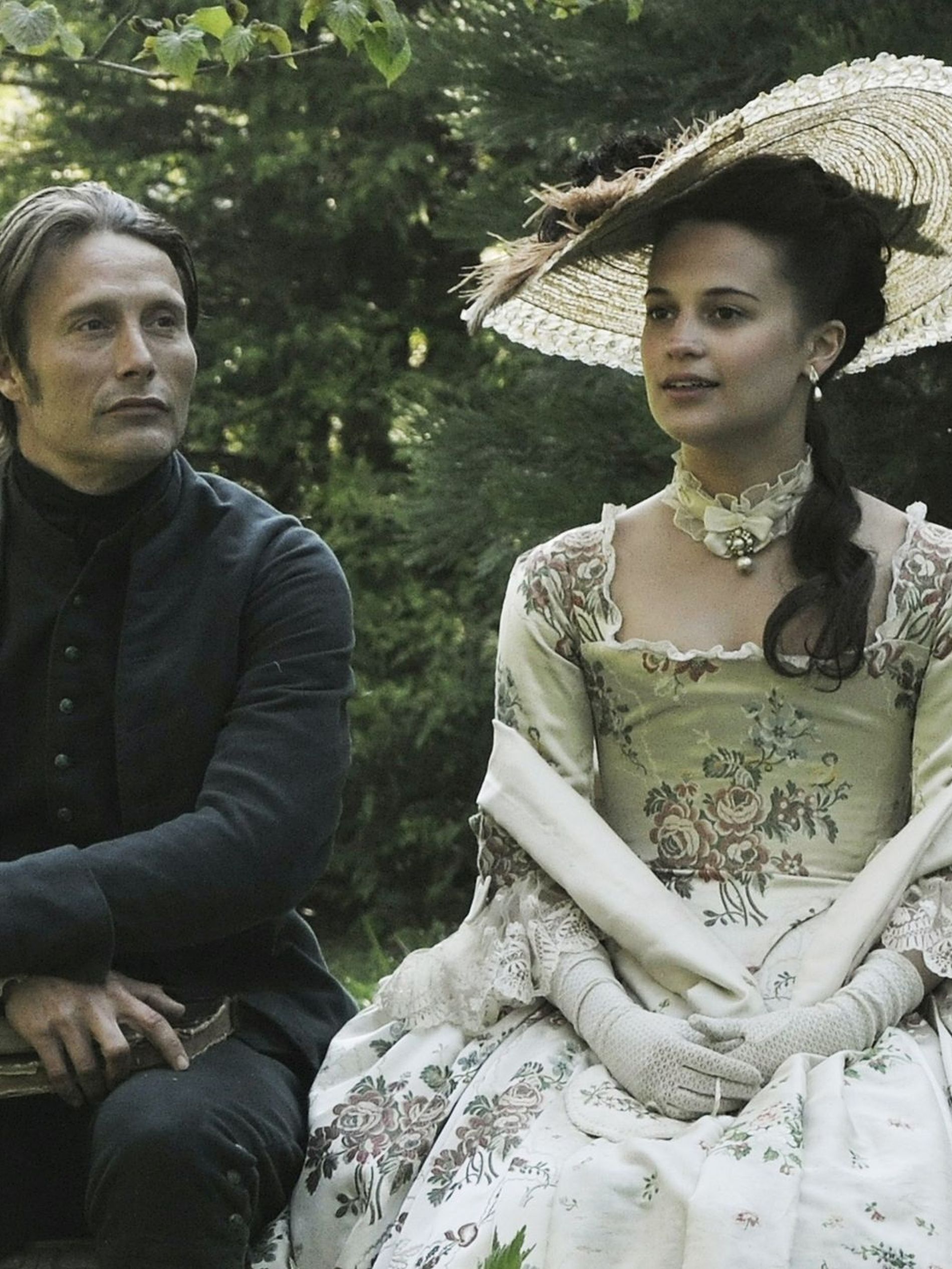Just like Gucci and Gaga, Tiffany's and breakfast, and Prada and the devil, fashion and film make a great team. Herem we celebrate the most stylish films to come out of Scandinavia
The visually delightful partnership of fashion and film is thought to have been around for nearly a century with deep roots in our very own region. Discovered in the archives of Copenhagen’s department store Magasin du Nord is some of the first fashion film content ever created, with footage believed to have been shot between 1930 and 1949.
Today, there are no limits to how celluloid and clothing can be hemmed together to great effect – just take a look at some of Vogue Scandinavia’s own films Folklore, Birdnest and Archipelago. And with longer-form films sharing even more fashion variety through the myriad of stories and cultures presented on screen, the possibilities are endless. Let’s take a look at some of the most fashionable films to come out of the Nordics.
Armi Alive, 2015
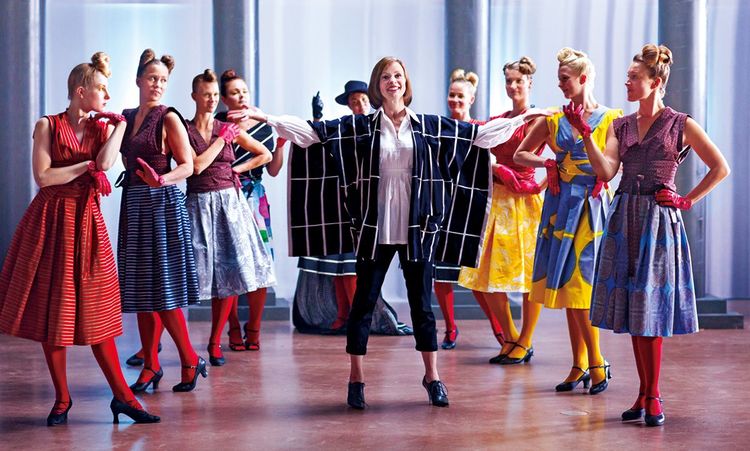
Photo: Armi Alive
The textile, clothing and home furnishing company Marimekko is one of Finland's greatest exports. Since launching in 1951, Marimekko has been wowing the world with its colourful fabrics, iconic patterns and uniquely bold prints.
Armi Alive centres around the life of Marimekko co-founder Armi Ratia, and through the unique premise of a theatre company setting up a play about her life, it shows the tumultuous and passionate life of the woman behind the company. In a style fitting of its subject matter, the film is as vivid, imaginative and unexpectedly inventive as the iconic brand itself.
Thelma, 2017
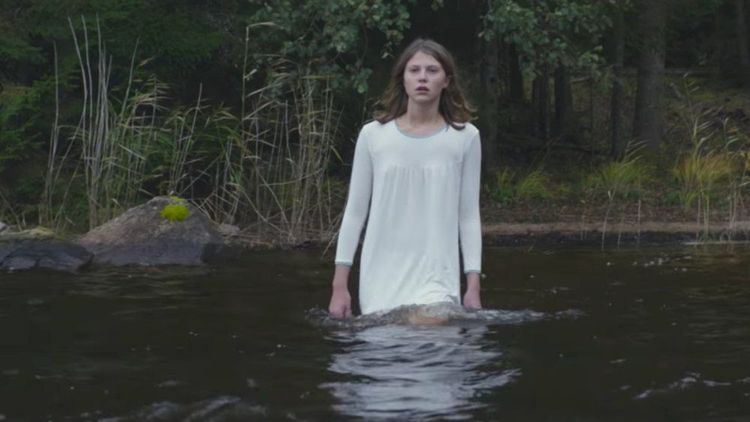
Photo: Thelma
In this 2017 supernatural thriller by Norwegian director Joachim Trier, a young woman discovers her own mysterious powers. Trier’s artistic pairing of cinematography, scenery and music creates a filmic equivalent to surrealist fashion, in which he lets the power of imagination and individual creativity decide what is real or possible.
The titular role of Thelma is played by Eili Harboe whose chameleonic features, along with some subtle but powerful hair and makeup changes, are a reminder of our human ability to alter perceptions of reality through our appearance. For the viewer, the resulting complexity of seeing the same character seem so visually different in each scene amounts to a kaleidoscopic experience.
The film’s thematic strands - coming-of-age, internal religious conflict, self-exploration, sexual and emotional awakening - all provide opportunities for visually stunning moments to exist on their own. And beyond the optics presented beautifully on screen, these moments become a sort of filmic counterpart to individual looks in a seasonal fashion collection: all unique in their own way, but woven together with an invisible thread that forms a phenomenal collective result.
Tom of Finland, 2017
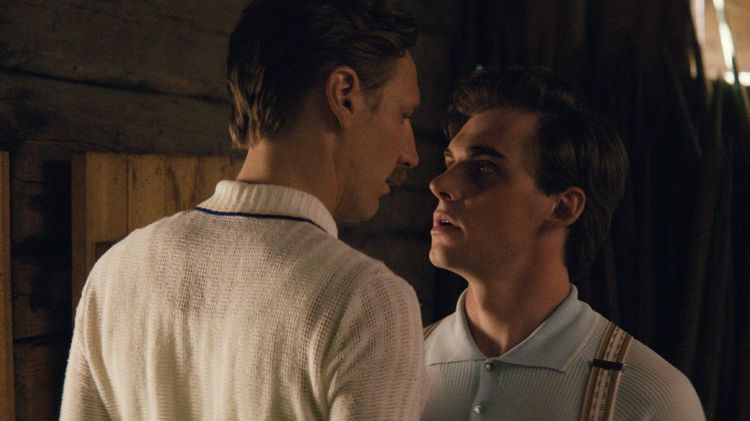
Photo: Tom of Finland
This biopic follows the story of Touko Laaksonen – better known by his pseudonym ‘Tom of Finland’ – an illustrator who became one of the most impactful figures of gay culture and fashion in the 20th century. Unable to fully express his own homosexuality, Laaksonen countered this repression by drawing uber-masculine, well-endowed male figures. These penned characters were uniform-clad men whose outfits were just as important as what they (barely) concealed beneath.
Laaksonen created a distinctly homo-eroticised biker aesthetic through the use of studded, black leather clothing and his other stylistic trademarks feature skin-tight trousers, chest-revealing tops, mariner caps and eroticised authoritarian accessories such as equestrian-style whips. Through his iconic body of work, Laaksonen is not only heralded for his highly masculinised and stylised celebration of the male form, but also for delivering an outlet for finding joy and freedom from shame in the liberation of expressing oneself through one’s clothing.
Monica Z (Waltz For Monica in English), 2013
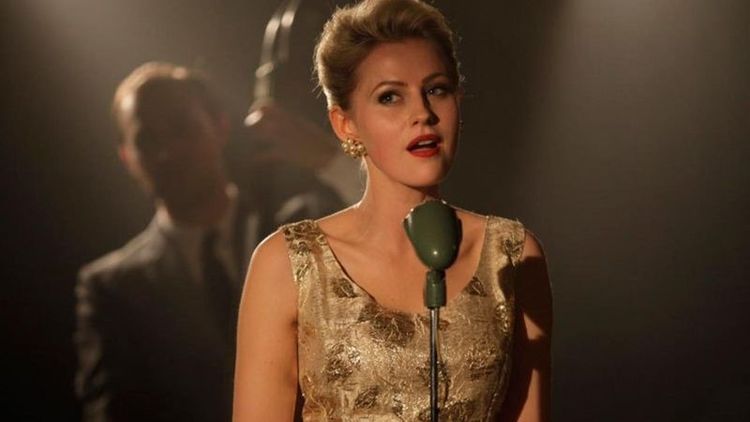
Photo: Monica Z
Swedish jazz singer Monica Zetterlund was the epitome of 1960s cocktail chic, celebrated not only for her unique voice and acting talents, but also for her understated, glamorous style which is beautifully showcased in this film about her life. An elegant and statuesque figure of stage and screen, she cut a classic silhouette in her Little Black Dresses and off-the-shoulder cocktail shifts, often contrasting against her lacquered, blonde updo.
In addition to winged eyeliner, cat-eye sunglasses and statement earrings, a cigarette was another constant staple of hers - an accessory that was said to be the cause of both her smoky vocals and her untimely death in 2005.
We Are The Best, 2013
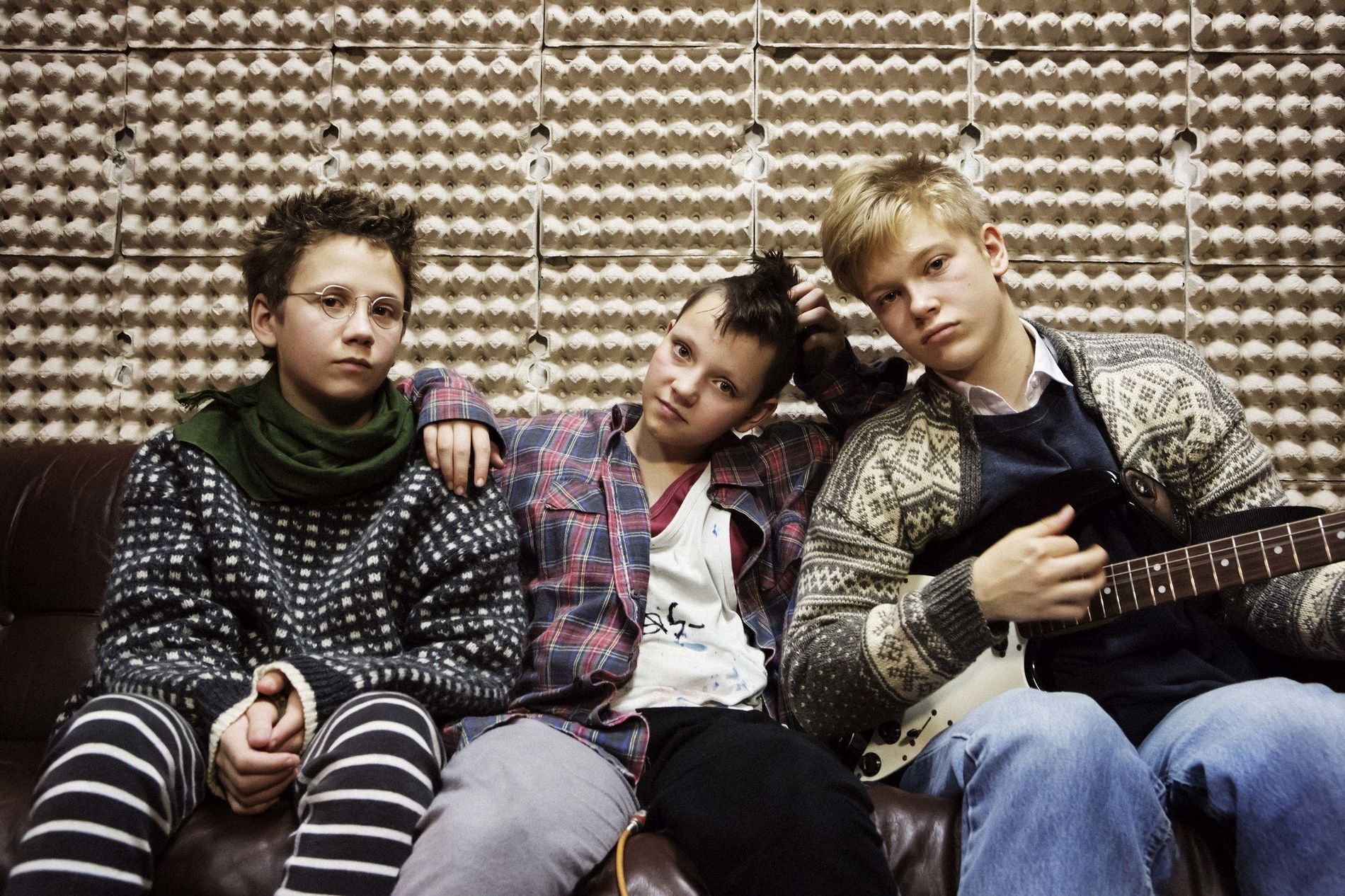
Photo: We Are The Best
In this film by Swedish director Lucas Moodyson, three girls form a punk band in 1980s Stockholm. As they explore their rebellious sides through punk, the movement’s music and fashion give them the perfect tools for approaching the adolescent rite of passage of finding one’s voice and place in the world.
The teens’ outfits are instinctive, creative combinations: spandex leotards that clash with oversized flannel shirts, red tartan trousers that hold their own against leather biker jackets, and lace-up boots that were built to kick up a storm. When the girls attempt their own punk hairstyles, hair is hacked off with youthful nonchalance to make home-styled mohawks - to such impressive effect that, unsurprisingly, the film took home a Guldbagge (Sweden's equivalent to the Oscars) for Best Hair and Makeup.
On the Run Tour: Beyoncé and Jay-Z, 2014

Photo: On the Run Tour: Beyoncé and Jay-Z
Beyoncé. Need we say more? It is a safe bet that anything she stars in will be glamorous, original, inspiring and memorable. But throw in her husband Jay-Z, their music and chemistry, Swedish filmmaker Jonas Åkerlund’s unique directorial eye and a Paris location and, well, success is assured.
The stylised film documents the pair on their On the Run concert tour, and Åkerlund – known for directing music videos like The Prodigy’s controversial 'Smack My Bitch Up' and Madonna’s 'Ray Of Light' – turns footage of the duo into epic viewing. As much worth a watch for the cinematics as for the inimitable style and presence of its leads, the film is a feast of music, fashion, glamor and glory that is fit for a Queen: Bey.
The Neon Demon, 2016
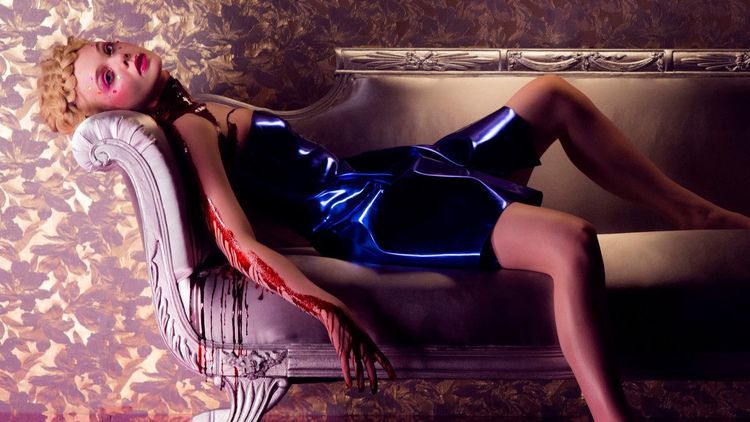
Photo: The Neon Demon
This psychological horror film stars Elle Fanning as a young model who dives head-first into the Los Angeles fashion scene. Danish director Nicolas Winding Refn is best known for 2011’s Drive starring Ryan Gosling - an equally stylised, neon-drenched dance to the pulse of LA’s heartbeat. Winding Refn enlisted costume designer Erin Benach to work her magic on this movie, just like she did on Drive - the film that single-handedly revived global interest in silk-satin bomber jackets.
To create The Neon Demon’s high-fashion looks, Benach collaborated with designers such as Armani and Saint Laurent. Shiny, metallic fabrics, reflective vinyls and glossy materials (all suitably wipe-clean for blood or other horror movie substances) collectively create a style so visually arresting that it may just have coined its own genre: horror chic.
The Black Power Mixtape 1967-1975 (2011)
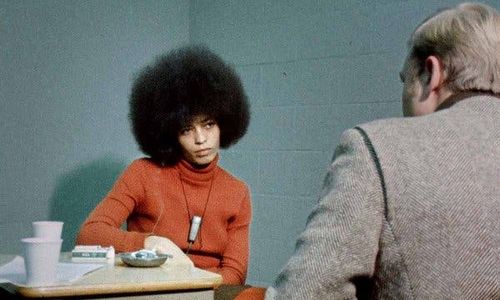
Photo: The Black Power Mixtape 1967-1975
This 2011 Swedish documentary shows the Black Power movement in America between 1967 and 1975, as captured through the cameras of Swedish journalists. The film combines 16mm footage with archive material, commentary by prominent leaders of the movement and overlays of contemporary black voices to show the activists, artists, culture and style that advanced the Black Power movement and created globally resonating change.
While it would be reductive to categorise a documentary about a subject of this magnitude as fashionable, the historical acknowledgment of the clothing, hairstyles and other markers of the era’s revolutionary change make The Black Power Mixtape 1967–1975 essential viewing for all - particularly as many of these emblematic cultural representations have been repressed or misrepresented by the conservative establishment, still to this day.
More widely, the film captures the rapid style shift from the somber, buttoned-up, suits and ties of late 1960s America, to the flared corduroy trousers, turtlenecks and wing-collared polyester shirts of the 1970s - with floral prints potentially signalling a hopeful advent of progress ahead. The footage also shows fashion in its role as messenger, enabling political statements to be made through what one wears: whether through the impactful sight of a group of people uniformly dressed, or through the smaller contribution of a badge displaying words of significance.
ABBA The Movie, 1977
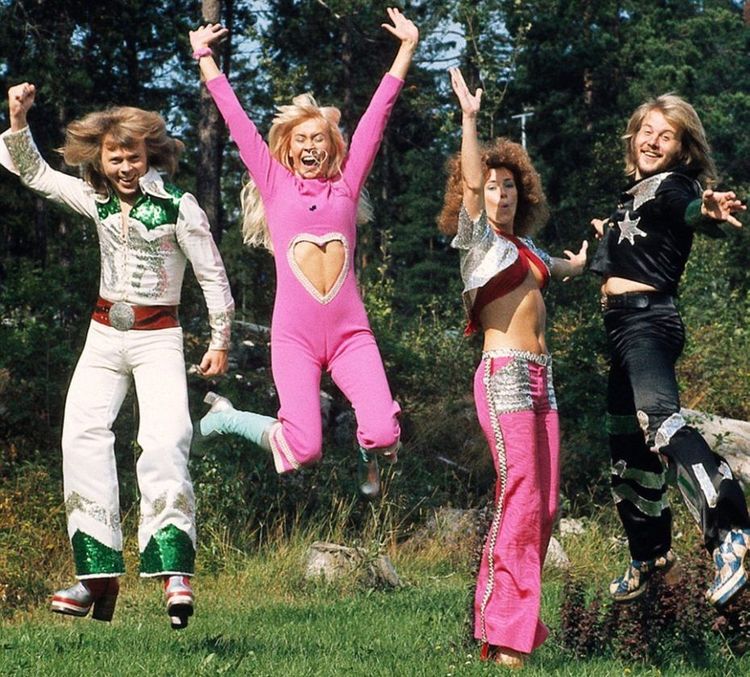
Photo: ABBA The Movie
Swedish director Lasse Hallström’s 1977 mockumentary follows ABBA on tour around Australia, and the fashion is exactly what you would expect of the awesome foursome in their 1970s heyday: a glorious disco-era delight of glam rock fashion that's as out there as The Outback.
Four band members equals 4 times the fashion fun, and thanks to both on-stage costumes and off-duty looks, we get to feast our eyes on platform boots and fur coats, hot pants so small they would make Kylie Minogue blush, hair so Shaggy it might start singing ”It Wasn’t Me”, and trousers so reflective that the singers look like human disco balls. All captured through a dreamy vaseline lens, the costumes alone make this an ABBA-solutely fabulous guilty pleasure of a watch.
A Royal Affair, 2012
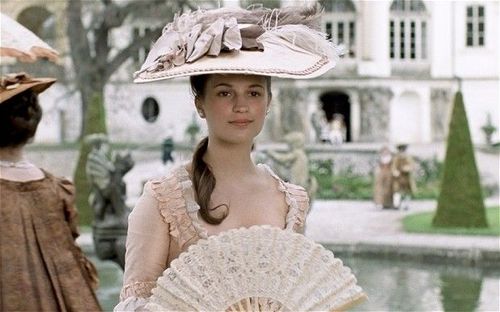
Photo: A Royal Affair
Danish filmmaker Nikolaj Arcel’s royal court drama about the affair between the Queen of Denmark (Alicia Vikander) and her husband’s physician (Mads Mikkelsen), features a lavish array of style trends of the 1760s.
Danish designer Manon Rasmussen’s costumes showcase the international fashion influences in Scandinavia at the time, including robes à la française - gowns with long back pleats, wide rectangular skirts and an open front over a petticoat - and robes à l'anglaise, with one-pieced bodices and front-parted overskirts revealing matching petticoats. Embellished by rich fabrics covered in Rococo-style curves, delicate lace and embroidered adornments, the film provides an opulent snapshot of this precise moment in fashion history.
